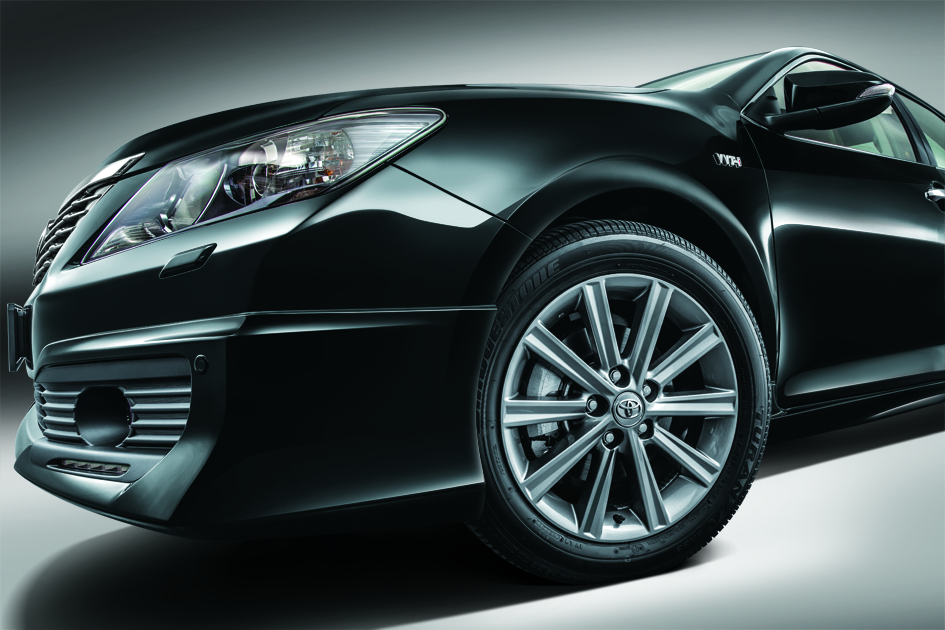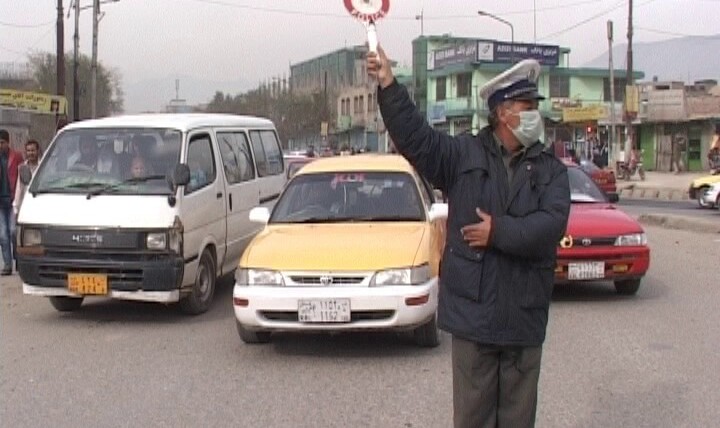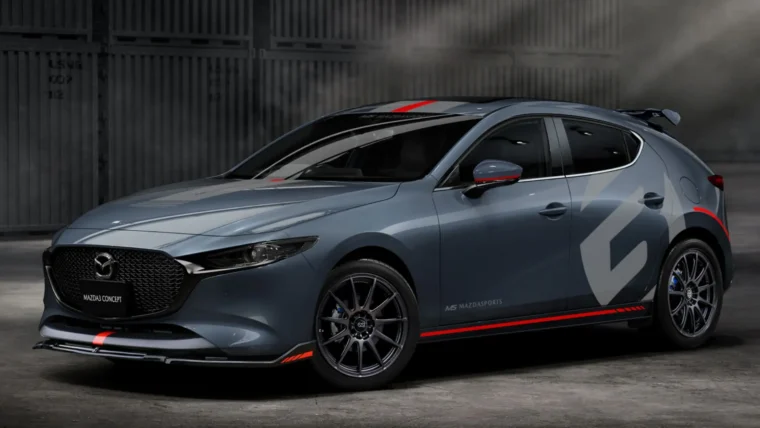This is a follow up piece of my tyre review articles. Do check out my earlier articles to get a better context of the story.
Ever wondered what those little numbers on your tyres actually mean? When I won a competition regarding tyres, GoodYear contacted me through the tyre shop and asked me what size tyres I would be using. If someone asked me the same question 5 years ago, I would probably just say, my rims is 17″ in diameter, what would you recommend?
Instead this time I know that I wanted 265/30R19 and 235/35R19 in size.
So what do these numbers really mean to all of us?
Deciphering the Tyre Code
265/30R19 93Y & 235/35R19 91Y
Let’s break it down, the first 3 digit, 265 and 235 in this case represents the width of the tyres in mm. If you are wondering, yes, the widths of my tyres are different for the front and back. My front tyres are 235mm width and my rear is 265mm. That is known as a staggered setup. Some car manufacturers actually have that as standard for some of their models.
265/30R19 93Y & 235/35R19 91Y
The next two digits, 30 and 35 in my case, represents the ratio of thickness of the tyre (section height), relative to width of the tyre in %. What it basically means is the tyre thickness in relation to the width of the tyre. You can head over here to have a better visual aide. Some tyre manufacturer call this the aspect ratio, some call it the tyre series. In my tyres example, the 30 means that the thickness of the tyre is 30% of the tyre width (265mm).
265/30R19 93Y & 235/35R19 91Y
R represents the tyre construction type, meaning it is a radial construction. If there is a dash, it means it is a cross-ply constructed tyres. If there is a B, it is a bias construction tyre, a combination of both radial and cross ply. Each of these construction types have their own benefits.
265/30R19 93Y & 235/35R19 91Y
The last two digit, 19, represents the rim diameter.
The next set of codes indicate both the service description of the tyres, which corresponds to the weight limit or load limit as well as the speed rating of the tyre.
265/30R19 93Y & 235/35R19 91Y
The 93 and 91 refers to the load index of the tyres. Referencing the chart below, my rear tyres can take a load of up to 650kg per tyre and my front tyres can take up to a load of 615kg per tyre.

Remember that the chart above relates to the load per tyre. If your car weighs 1000kg and have a perfect 50:50 weight distribution, that means technically the load on each tyre should be 250kg.
265/30R19 93Y & 235/35R19 91Y
Finally, the last but not least, the alphabet refers to the speed rating. The speed rating is what the tyres are rated to be able to travel at. Please note that although a tyre may be able to be used of up to 300kmh, we here at Autofreaks insists that you stay within the speed limit set by your local authorities.
| Speed Symbol | (MPH) | (KPH) | Open Ended Speed Category |
| Q | 99 | 160 | |
| S | 112 | 180 | |
| T | 118 | 190 | |
| U | 124 | 200 | |
| H | 130 | 210 | Z* |
| V | 149 | 240 | |
| W | 169 | 270 | |
| Y | 186 | 300 | |
| (Y) | Above 186 | Above 300 |
* Speed chart obtained from Yokohama Tires
Based on the chart above, my tyre is rated to be able to travel up to 300kmh.
Other things to also take note would be the threadwear, traction and speed rating of the tyre. These fall under the UTQG section of the tyre.
The UTQG – Uniform Tyre Quality Grade
300 AA A
Threadwear normally can range from 60 to more than 300. The higher the number means the longer lasting tyres they are. For certain race categories, tyre threadwear are used as a benchmark between several categories, for example in our local TimeToAttack competition, in order for me to qualify at a street category, I need to use tyres of 140 threadwear and above. A normal car tyres typically used for daily drive is around 260-300 threadwear. In my case, the threadwear rating is 300.
300 AA A
AA in the next set of numbers is the traction rating of the tyre. There are 4 tyre traction rating, AA, A, B and C. AA being the highest rated in terms of traction. Please note that this rating does NOT denote the tyre’s ability to corner but rather it’s braking capabilities in the wet and in the dry.
300 AA A
The final alphabet is the temperature rating. There are 3 ratings for this, A, B and C and it relates to how well the tyre dissipates heat as well as manage heat build up on the tyres. A being rated the best.
Conclusion:
Now with this information, I hope that you are able to intelligently select the tyres for your car especially based on the type of driving that you do.
- Read Part 0 of my tyre review series
- Read Part 1 of my tyre review series
- Read Part 2 of my tyre review series
- Read Part 3 of my tyre review series
- Read Part 4 of my tyre review series
*This is the personal opinion of the writer and does not necessarily represent the views of Autofreaks.com
Other posts by AF Newsdesk








